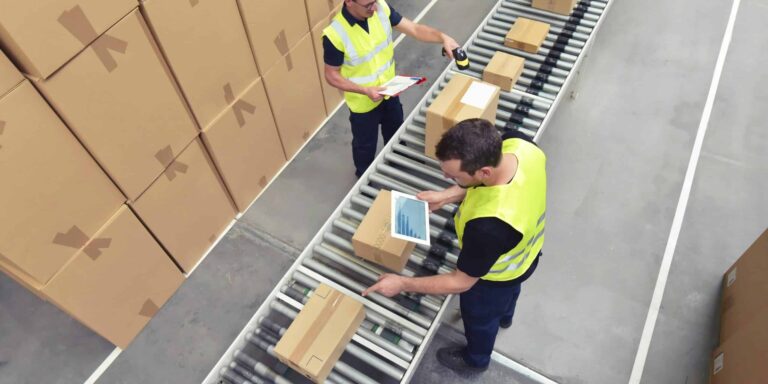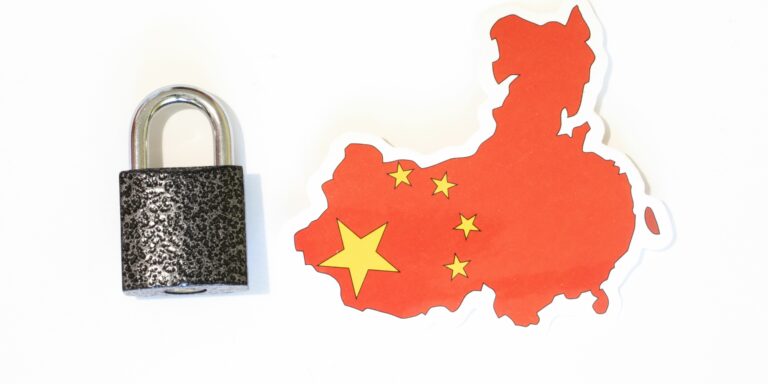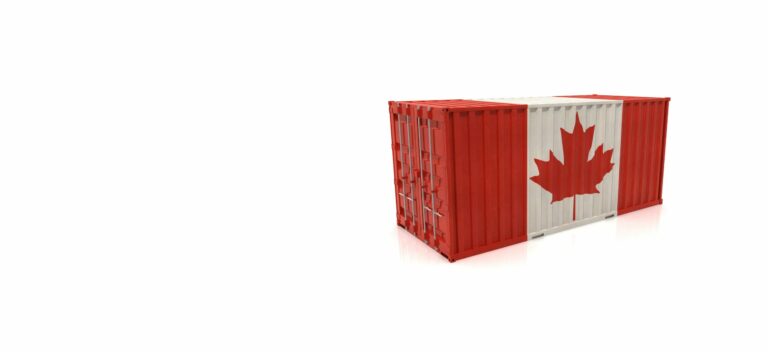Export Reform
Export control reform is the process by which certain military products and technologies have been removed from coverage by the International Traffic in Arms Regulations (ITAR) and placed under the Export Administration Regulations (EAR). For the most part, the items that have been moved remain controlled, by the EAR although often not to the same extent as under the ITAR. The reform process also involves simplification of the standard for determining when a part or component has been “specifically designed” for a military end-item. Now, the ITAR and EAR share a common approach that permits easier determinations of control status and excludes a number of articles that previously were controlled.
Under the pre-reform regulations, the ITAR controlled designated munitions. These included named types of weapons and ordnance as well as parts and component that were specifically designed or modified for them. This broad definition of ITAR coverage captured many products with minimal national security risk, increasing both the State Department’s workload and uncertainty for exporters with little benefit.
The export control reform changes are intended to limit ITAR coverage to munitions and other military items that warrant strict controls. The United States Munitions List (USML), which defines those articles and technical data covered by the ITAR, has been revised to become a “positive” list. This means that it affirmatively defines those items within its coverage; the old approach, which included miscellaneous products specifically designed or modified for specified military purposes, has largely been abandoned. Items removed from ITAR coverage for the most part are placed in the new “600 Series” provisions of the Commerce Control List (CCL).
While products in the CCL remain controlled, there are important differences between the ITAR and EAR that will reduce the export license burden for many products and destinations. Most of the 600 Series products are eligible for export to countries militarily allied with the United States under License Exception STA (Strategic Trade Authorization). As the name indicates, the license exception removes the need for an export license, and instead permits exports and reexports after certain documentation requirements are met. A number of less-sensitive parts now are controlled by the EAR for Antiterrorism reasons only, meaning they are effectively de-controlled to most destinations. The ITAR requirements for technical data licenses and agreements also are superseded. Controlled technology exports under the EAR take place under a license or license exception. Additionally, the EAR more narrowly define controlled information than do the ITAR, so certain information may fall outside of control altogether.
The ITAR and EAR now have uniform and more objectively definable definitions of to identify “specifically designed or modified” parts and components, using a “catch and release” approach. There is a broad initial definition of products that are potentially covered as “specially designed”, followed by a number of exclusionary criteria. The intention is to remove subjectivity in identifying “specially designed” articles and reduce the number of items that meet the definition.
Removal of certain items from the USML means that transactions that were entirely within the ITAR under the old rules now may include items subject to both regulations. To avoid the need for dual licensing, the revised rules provide that exports of “mixed” ITAR and EAR items are subject to ITAR licensing jurisdiction. To avoid disruption to existing licenses, the regulations permit prior ITAR export authorization to temporarily remain in effect for items transferred from the USML to the CCL, at exporter’s option.
While the export control reform changes may eventually reduce exporters’ licensing burdens, in the short term they require companies that are familiar with the ITAR to adapt to an entirely different regulatory regime. The challenges will involve determining whether particular products have been removed from the USML, whether and where they have been placed on the CCL and what license requirements now apply to them. Additionally, affected companies must become familiar with an entirely new set of compliance requirements. The changes may be beneficial, but they will not be easy to implement.
George Thompson is a Washington D.C. based attorney, whose practice focuses on Customs and international trade related matters.
For more information on this subject, you may contact:
Mr. Thompson at GWT@GWThompsonLaw.com or at (202) 261-6585







